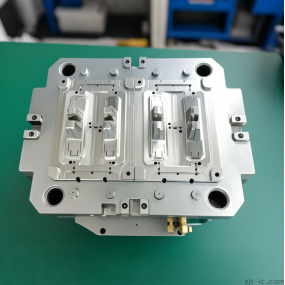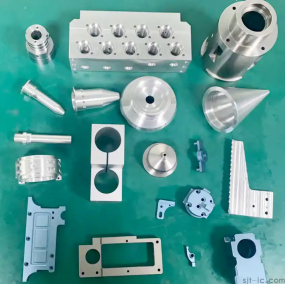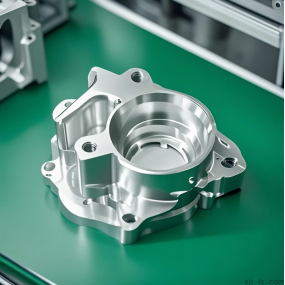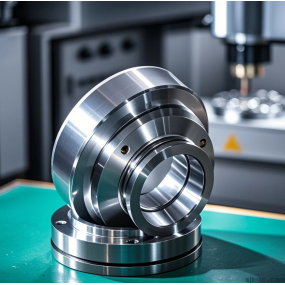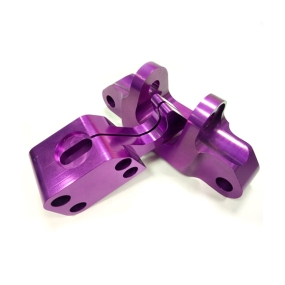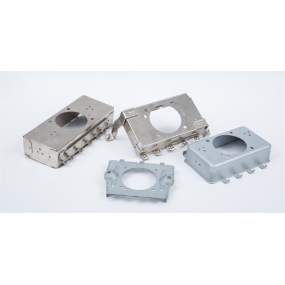1. Programming: Ensure that the machining program written is accurate and error free. Five axis machining involves the motion of multiple coordinate axes, so the programming needs to consider the coordinated motion of each axis to avoid collisions or errors.
2. Fixture design: Five axis machining typically requires the use of special fixtures to secure the workpiece, ensuring stability and safety during the machining process. The design of fixtures needs to take into account the shape, material, and processing requirements of the workpiece.
3. Tool selection: Choose the appropriate tool based on the processing material and requirements. Five axis machining typically requires the use of special shapes or long cutting tools to achieve complex machining requirements.
4. Machining path planning: When performing five axis machining, it is necessary to plan the machining path reasonably to greatly reduce the distance and time of tool movement and improve machining efficiency.
5. Machine tool debugging: The debugging of a five axis CNC machine tool is an important step to ensure that the motion of each axis is smooth and the accuracy meets the requirements. During the debugging process, it is necessary to check the motion range, zero position, and motion accuracy of each axis.
6. Safe operation: Five axis CNC Machining involves multiple motion axes, and operators need to strictly follow safety operating procedures to ensure the safety of personnel and equipment.


 Spanish
Spanish Arabic
Arabic French
French Portuguese
Portuguese Belarusian
Belarusian Japanese
Japanese Russian
Russian Malay
Malay Icelandic
Icelandic Bulgarian
Bulgarian Azerbaijani
Azerbaijani Estonian
Estonian Irish
Irish Polish
Polish Persian
Persian Boolean
Boolean Danish
Danish German
German Filipino
Filipino Finnish
Finnish Korean
Korean Dutch
Dutch Galician
Galician Catalan
Catalan Czech
Czech Croatian
Croatian Latin
Latin Latvian
Latvian Romanian
Romanian Maltese
Maltese Macedonian
Macedonian Norwegian
Norwegian Swedish
Swedish Serbian
Serbian Slovak
Slovak Slovenian
Slovenian Swahili
Swahili Thai
Thai Turkish
Turkish Welsh
Welsh Urdu
Urdu Ukrainian
Ukrainian Greek
Greek Hungarian
Hungarian Italian
Italian Yiddish
Yiddish Indonesian
Indonesian Vietnamese
Vietnamese Haitian Creole
Haitian Creole Spanish Basque
Spanish Basque

